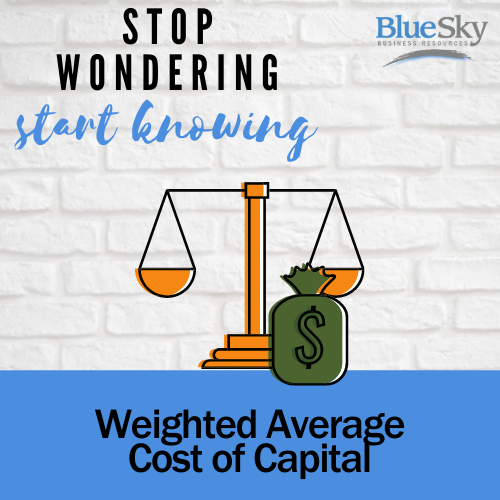What is Weighted Average Cost of Capital?

Weight Average Cost of Capital...AKA WACC
Dictionary Definition
A firm’s Weighted Average Cost of Capital (WACC) represents its blended cost of capital across all sources, including common shares, preferred shares, and debt. The cost of each type of capital is weighted by its percentage of total capital and they are added together.
The purpose of WACC is to determine the cost of each part of the company’s capital structure based on the proportion of equity, debt, and preferred stock it has. Each component has a cost to the company. The company pays a fixed rate of interest on its debt and a fixed yield on its preferred stock. Even though a firm does not pay a fixed rate of return on common equity, it does often pay dividends in the form of cash to equity holders.
Plain English
The weighted average cost of capital (WACC) is the rate that a company is expected to pay on average to all its security holders to finance its assets.
It represents the minimum return the company must earn on its existing asset base to satisfy its creditors, owners, and other providers of capital or they will invest elsewhere.
Why it Matters to You
The WACC is used in the Capitalization of Earnings and Discounted Cash Flow valuation methods. Those methods are methods we have seen PEGs utilizing when evaluating company to purchase.


0 comments
Leave a comment
Please log in or register to post a comment